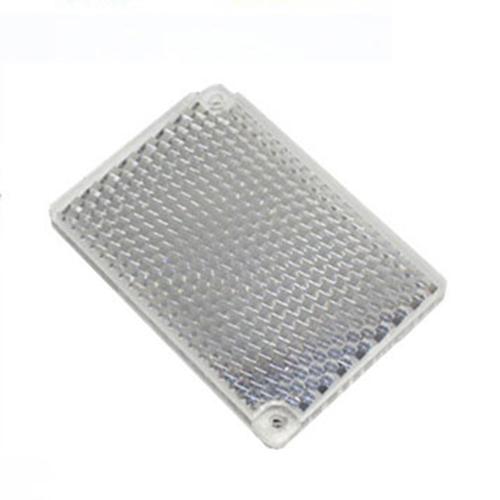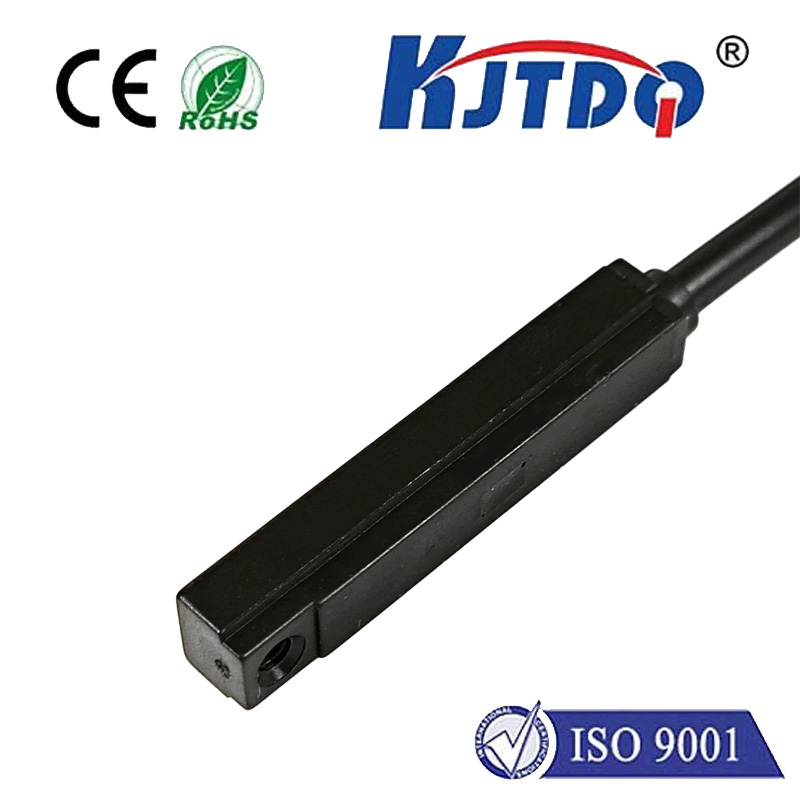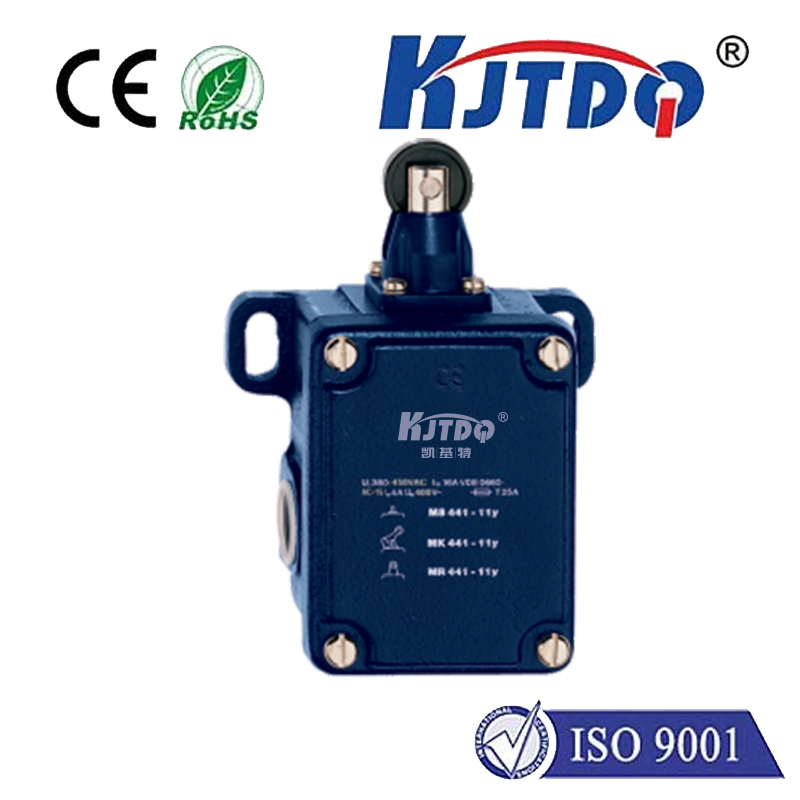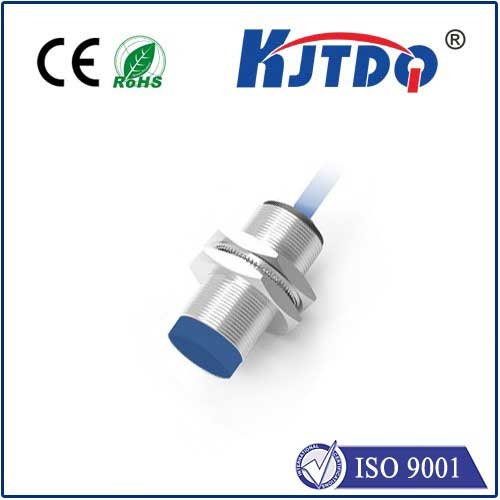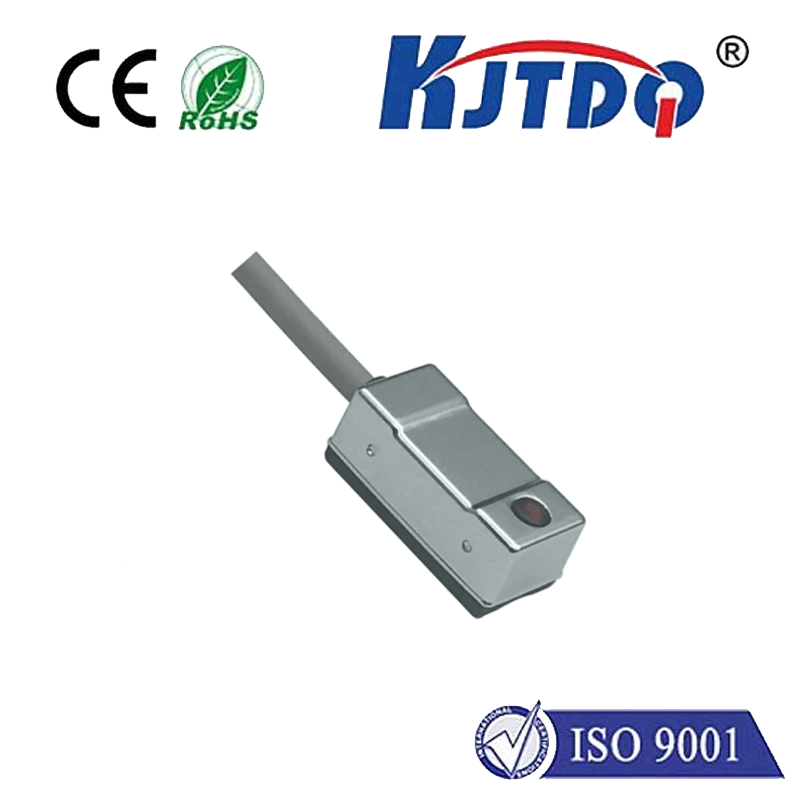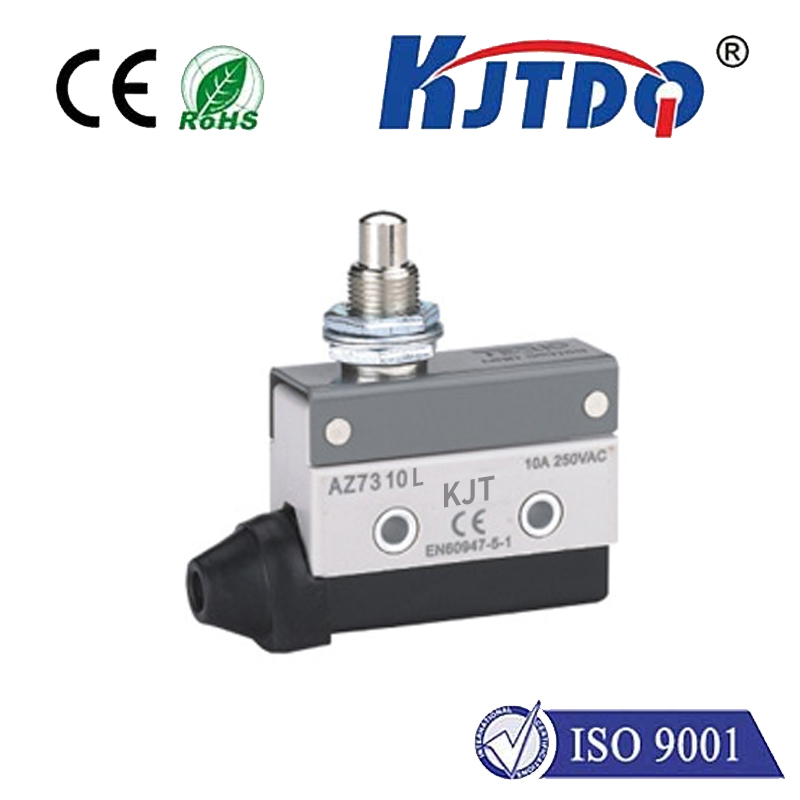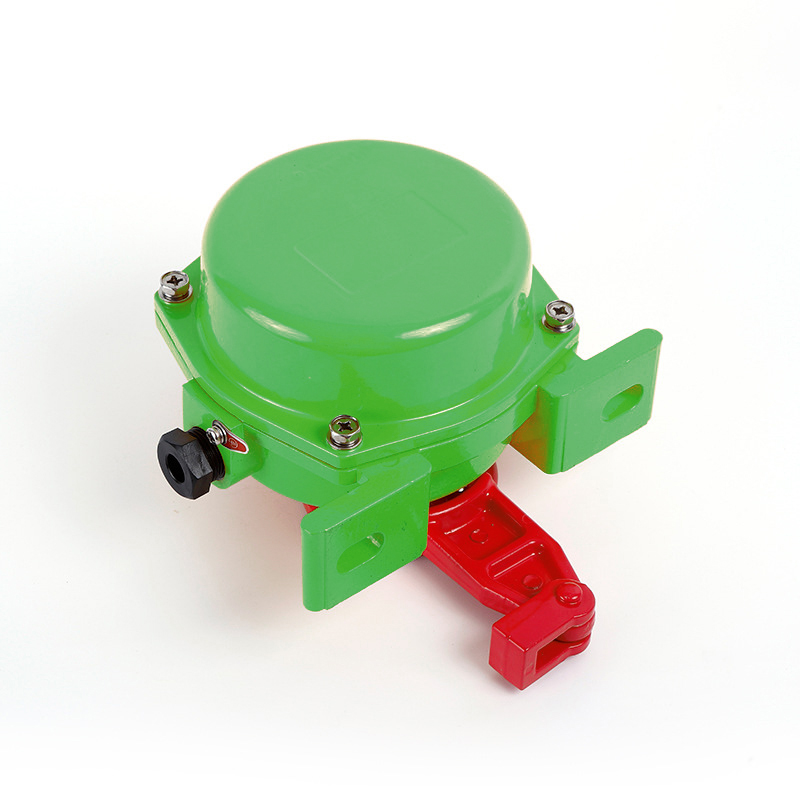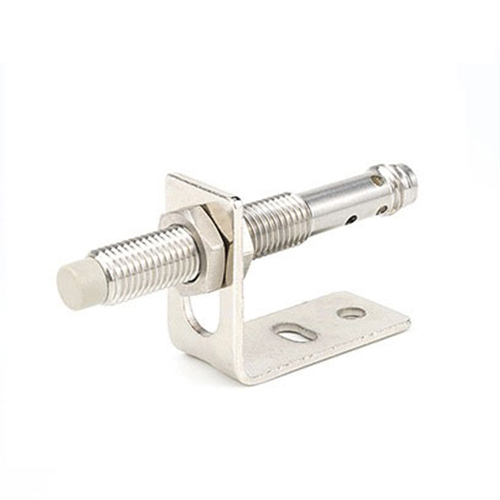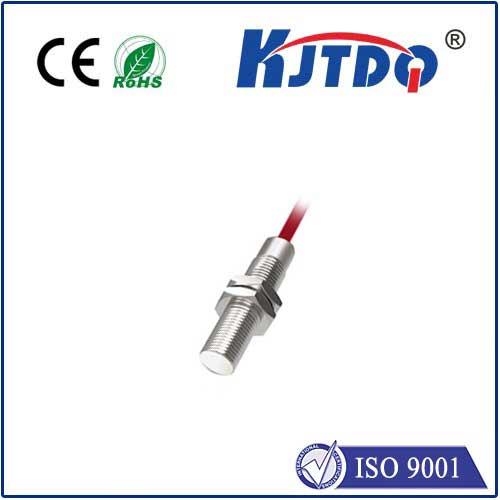proximity sensor controller
- time:2025-06-23 16:14:49
- Click:0
Proximity Sensor Controller: The Unseen Intelligence Behind Touchless Interaction
Imagine waving your hand to activate a faucet, your phone screen dimming as it nears your ear, or a factory robot safely halting when someone approaches. These everyday marvels hinge on a crucial yet often overlooked component: the proximity sensor controller. Far more than just a passive receiver, this intelligent circuit serves as the vital translator and decision-maker, transforming raw sensor data into meaningful actions within countless devices and systems.
Understanding the fundamental distinction is key. While the proximity sensor itself (be it inductive, capacitive, infrared (IR), ultrasonic, or photoelectric) detects the presence or absence of nearby objects without physical contact, it generates only a basic signal. This is where the proximity sensor controller steps in. It is the dedicated circuitry or embedded software responsible for:
- Signal Conditioning & Processing: Raw sensor output is often weak, noisy, or susceptible to environmental interference. The controller performs essential tasks like amplification, filtering (removing electrical noise), and conversion (often from analog to digital signals).
- Object Detection Logic: It applies sophisticated algorithms to determine if an object is truly present based on the processed signal. This involves setting thresholds and implementing hysteresis to prevent erratic toggling when an object is near the detection boundary.
- Output Control: Based on its detection logic, the controller triggers the appropriate output action. This could be:
- Switching a relay or transistor to turn a light/motor on/off.
- Sending a digital signal (HIGH/LOW) to a central processor (like a microcontroller - MCU).
- Communicating detection status via protocols like I2C or SPI.
- Modulating a PWM (Pulse Width Modulation) signal for variable response.
- Configuration & Calibration: Modern controllers often allow adjustment of key parameters such as detection range, sensitivity, response time, and output delay. This ensures optimal performance for the specific application environment.
- Self-Diagnostics & Protection: Many advanced controllers include features to monitor sensor health, detect wiring faults (open/short circuits), and provide over-voltage/over-current protection for both the sensor and the host system.
Why the Controller Matters: Beyond Simple Detection
Relying directly on a raw sensor output is impractical and unreliable for most real-world applications. Proximity sensor controllers provide indispensable benefits:

- Enhanced Reliability & Noise Immunity: By cleaning and intelligently interpreting the signal, the controller rejects false triggers caused by electrical noise, temperature fluctuations, or ambient light variations. This robustness is critical in industrial settings where false positives could cause costly downtime or safety hazards.
- Precision & Consistency: Controllers ensure repeatable performance, accurately detecting objects within the specified range every time. This precision is vital in automation, robotics, and consumer electronics where user experience depends on flawless touchless interaction.
- Flexibility & Integration: Controllers act as the standardized interface between diverse sensor technologies and the main system electronics. This simplifies design and allows engineers to choose the best sensor type without completely redesigning the core control logic.
- Programmability: Adjustable settings enable fine-tuning for specific environments and use cases. A proximity controller on a smartphone screen needs different sensitivity than one controlling an automatic door in a windy lobby.
- Simplified System Design: Offloading complex signal processing and logic to a dedicated controller frees up the main MCU’s resources for other critical tasks, streamlining overall system architecture.
Key Applications: Where the Controller Shines
Proximity sensor controllers are ubiquitous, silently enabling touchless functionality across industries:
- Consumer Electronics: Smartphones (screen dimming/turning off during calls, gesture control), tablets, laptops (wake-on-approach), touchless faucets, soap dispensers, automatic paper towel dispensers, interactive kiosks.
- Industrial Automation & Robotics: Object detection on conveyor lines, part counting, robotic arm position/safety interlocks, machine guarding, level sensing, pallet detection. Controllers here often handle harsh electrical environments and require high-reliability outputs.
- Automotive: Touchless trunk opening (kick sensors), hands-free phone operation detection, seat occupancy detection for airbag systems, rain/light sensors for automatic wipers/headlights, anti-pinch controllers for windows/sunroofs.
- Building Automation & Security: Automatic sliding doors, touchless light switches, occupancy sensing for energy savings, security systems detecting approach to doors/windows, elevator call button activation.
- Medical Devices: Hands-free control of equipment in sterile environments, patient presence detection, automated dispensers.
Components and Evolution: Inside the Intelligence
A typical proximity sensor controller involves:
- Analog Front-End (AFE): Handles amplification and initial filtering of the sensor’s analog signal.
- Analog-to-Digital Converter (ADC): Converts the conditioned analog signal into a digital value the logic circuit can process (or may process entirely in the analog domain in simpler controllers).
- Detection Logic: Digital circuitry (hardware logic gates) or a small embedded processor (firmware) implementing the comparison thresholds, hysteresis, and timing logic.
- Output Driver: Transistors, relays, or integrated circuits capable of switching the required load or communicating digitally.
- Configuration Interface: Pins or registers for setting sensitivity, range, output type, timings, etc. (e.g., potentiometers, digital pins, I2C/SPI commands).
Modern trends see proximity sensor controllers becoming increasingly sophisticated:
- Integration: Many sensors now incorporate the controller directly into the sensor package (e.g., “smart sensors”), reducing component count and simplifying wiring.
- Digital Intelligence: Use of tiny microcontrollers allows for more complex algorithms (e.g., pattern recognition, multi-variable thresholds), advanced diagnostics, and digital communication.
- Multi-Sensor Fusion: Controllers capable of processing inputs from multiple sensor types (e.g., IR + ultrasonic) to provide more reliable and context-aware detection.
- Low Power Optimization: Critical for battery-powered devices, controllers implement aggressive sleep modes and rapid wake-up times triggered by the sensor input.
Selecting the Right Proximity Controller: Key Considerations
Choosing the optimal proximity sensor controller depends heavily on the application:
- Sensor Type: Ensure compatibility (inductive, capacitive, IR, etc.) with the chosen sensor’s output signal and required excitation.
- Detection Range & Precision: Does the application need millimeter accuracy or meter-range presence?
- Environment: Consider electrical noise levels, temperature extremes, humidity, and potential contaminants.
- Output Requirements: Digital signal (logic level)? Relay contact? Analog output? Specific communication protocol (I2C, SPI)?
- Power Constraints: Battery-operated? Mains powered? Need for low-power modes?
- Configuration Needs: Does it require field adjustability? How complex is the setup?
- Robustness & Protection: Required level of ESD protection, surge immunity, and fault diagnostics.
The Silent Enabler of Modern Convenience
While proximity sensors capture the physical interaction, it’s the proximity sensor controller that truly unlocks their potential. This dedicated intelligence transforms a simple detection event into reliable, actionable information. By managing signal integrity,






